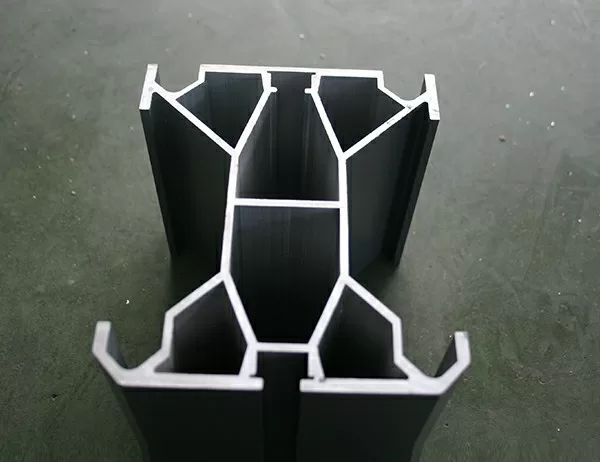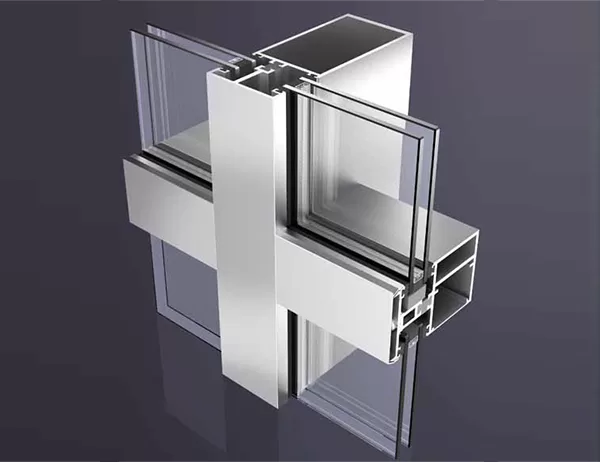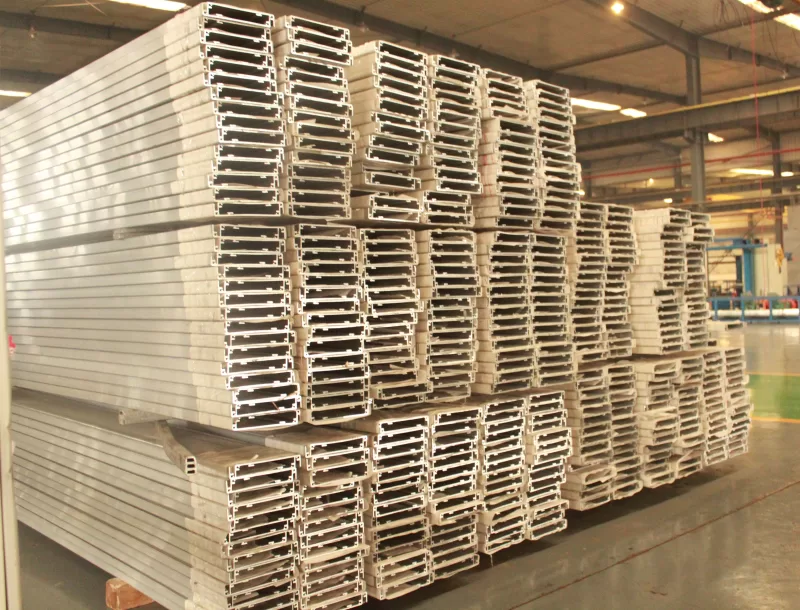In today’s competitive manufacturing landscape, optimizing productivity and efficiency is crucial. Laser sheet cutting machines have emerged as a powerful tool for businesses seeking to enhance their production capabilities. However, maximizing the benefits of these machines requires a highly skilled workforce proficient in their operation. This article provides a comprehensive guide on how to train your team effectively to operate laser sheet cutting machines.
Classroom Training: Laying the Foundation
Classroom training is essential for establishing a solid understanding of laser sheet cutting principles and safety protocols. Topics covered should include:
Machine Components and Functions: Familiarize trainees with the machine’s construction, features, and capabilities.
Laser Physics and Materials Interactions: Explain the science behind laser cutting, including wavelength selection and material compatibility.
Safety Procedures: Emphasize the importance of safety protocols, such as personal protective equipment, machine maintenance, and emergency response.
Hands-on Practice: Building Confidence
After classroom training, hands-on practice is vital for developing operational proficiency. Trainees should:
Supervised Machine Operation: Allow trainees to operate the machine under the guidance of experienced operators.
Step-by-Step Exercises: Provide guided exercises to cover basic operations, such as material loading, alignment, and cutting.
Simulated Production Scenarios: Introduce realistic production situations to simulate the pressures of actual operation.
Advanced Training: Enhancing Skills
Once trainees have mastered the basics, advanced training can elevate their skills to a higher level. This may include:
Software Mastery: Train operators on specialized software used for machine programming, nesting, and optimization.
Cutting Parameter Optimization: Teach techniques for selecting optimal cutting parameters based on material type and desired cut quality.
Troubleshooting and Maintenance: Equip operators with troubleshooting skills to resolve common machine issues and perform routine maintenance.
Continuous Improvement: Maintaining Proficiency
Training should be an ongoing process to ensure continued proficiency and adaptation to evolving technologies. Consider:
Regular Refresher Courses: Conduct periodic refresher courses to reinforce concepts and address any knowledge gaps.
Cross-Training: Encourage operators to shadow experienced colleagues and share knowledge across teams.
Industry Best Practices: Stay abreast of industry advancements and incorporate best practices into training programs.
Evaluating Progress: Assessing Effectiveness
To ensure training effectiveness, it is crucial to evaluate progress regularly. Methods for assessment include:
Skills Tests: Conduct practical tests to assess operators’ ability to execute complex cutting patterns and achieve desired cut quality.
Production Monitoring: Track production output and quality to identify areas for improvement and quantify training outcomes.
Feedback and Communication: Seek feedback from operators and supervisors to identify areas for further training and support.
By implementing a comprehensive training program that covers these key aspects, manufacturers can empower their teams to operate laser sheet cutting machines effectively. This leads to increased productivity, improved cut quality, reduced downtime, and ultimately, a competitive edge in the marketplace. Continuous training and evaluation ensure that teams remain proficient and adapted to the evolving demands of the industry, ensuring long-term success in sheet metal fabrication.




